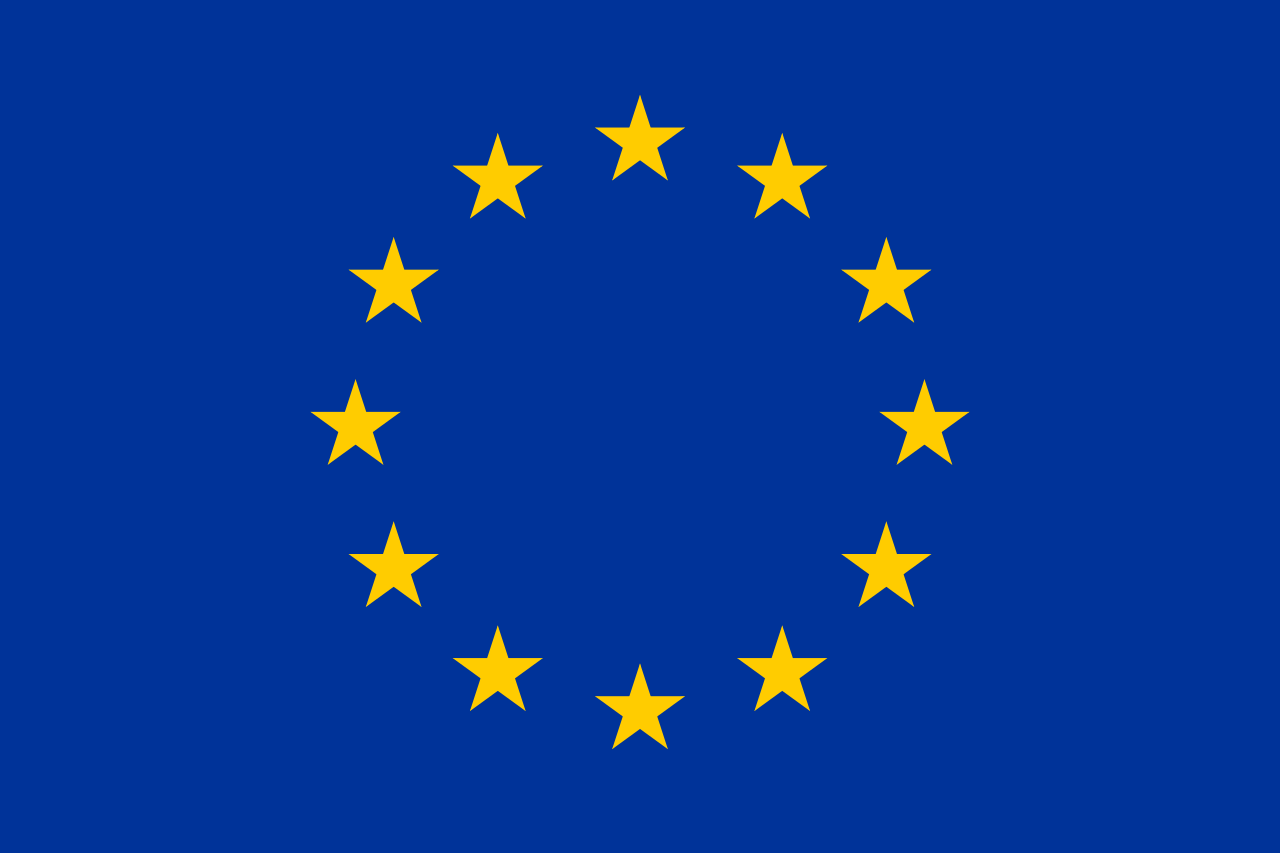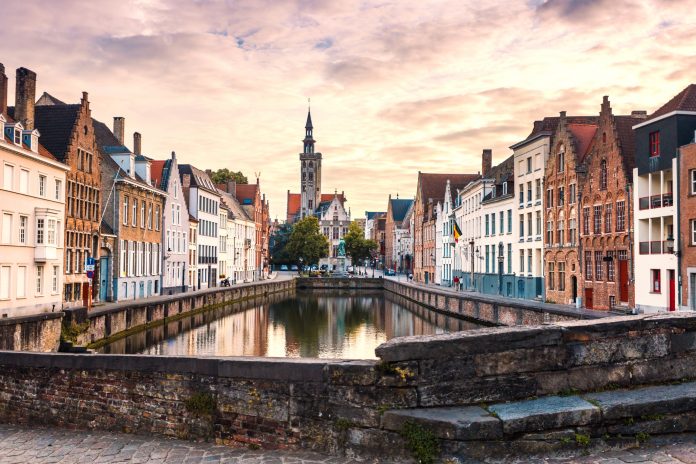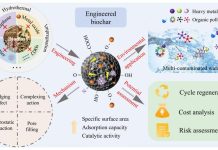Maria Alina Rădulescu, Wim Leendertse and Jos Arts, from the Centre for Agroecology, Water and Resilience (CAWR), look towards water infrastructure to plan for better stakeholder engagement
Water runs across territories and administrative boundaries, hangs in the air as vapour, rain, hail, snow, flows underground and rests on the surface, trickles in streams into lakes, surges from rivers into seas and oceans. We drink it, wash in it, play in it, fish in it, use it in industry, religious celebrations and for irrigation – water infrastructure is necessary to life.
In July 2021, while Western Europe experienced a series of severe flooding events, severe drought pushed Madagascar to the brink of the world’s first climate change famine.

Climate change planning is increasingly necessary
As climate change increasingly causes more frequent and intense weather events, spatial and water infrastructure planning becomes more difficult. Planning approaches need to be more nuanced than either top-down – based on the global character of climate impacts, or bottom-up – based on the trends of decentralisation and citizen participation that aim to improve adaptive capacity on the local scale.
Essentially, we need to ditch our silos in favour of new planning approaches that simultaneously enable localisation and contextualisation, interaction and coordination and express an explicit appreciation for complexity, uncertainty, flexibility, dialogue and adaptive capacity.
One option could be a Living Lab. Defined as “user-centred, open innovation ecosystems based on a systematic user co-creation approach integrating research and innovation processes in real-life communities and settings” (European Network of Living Labs, 2015), Living Labs are increasingly being recognised as a way of engaging and integrating a plurality of knowledge to address complex social-ecological issues.
They have been successfully used in the private sector for some time in open innovation and user-oriented innovation. By bringing together different insights, types of knowledge (expert and experiential), organisational and working cultures, and resources, Living Labs not only have the potential to make a spatial and water infrastructure planning project more inclusive and resilient but can also ensure broader support from affected communities.

A case study of water infrastructure projects
A case study investigation of this approach to support collaborative decision-making in The Netherlands, undertaken as part of the RECOMS project, concluded that a Living Lab can contribute to the transformation of a spatial and water infrastructure planning project into an engine for the sustainable development of an area (Radulescu 2021).
Living Labs, like many other co-creative stakeholder engagement processes, can bring real benefits, but there are also potential challenges to be aware of.
The following recommendations are offered in support of creating – and sustaining – the foundations for such a process to flourish. Whilst they have primarily been drawn from the research undertaken on the use of Living Labs, their relevance extends to a much wider array of resource and place-based stakeholder engagement processes:
• Carefully plan the co-creative and collaborative process, but remain flexible – clearly define the goals, identify key resources and responsibilities, and set aside sufficient time to create a good management and communication system, but remain flexible and sensitive to new information, novel insights and feedback from stakeholders.
• Involve a diversity of viewpoints – map all potential stakeholders early to identify all those affected or with an interest. Remember to balance inclusivity with the need for a manageable number of participants.
- Clearly explain the nature and context of the Living Lab from the beginning – the initiator must clearly introduce the problem at stake, the goals of the Living Lab, its position and scope within the planning process and potential limitations (e.g. In terms of budget and time).
- Connect local, regional and national actors, issues and goals – given the complex nature of ‘wicked’ challenges and the fluid, interconnected character of water, a Living Lab needs to connect and raise awareness of the different actors, issues and goals to promote understanding, synergies and coordination.

-
Create space and time for the exchange of knowledge, expertise and experience – be adaptable in terms of setting, language, timing, pace, focus, facilitation, tone, perspectives, needs and outputs. Be prepared to bring in experts from other fields to respond to an identified need not originally envisaged. Be willing to learn from the experience of a Living Lab in a different context or region, but be prepared also to adapt it to the specifics of your own case.
• Be prepared to limit focus, and boundaries and establish a mandate – Narrowing down the scale, focus and scope can prove crucial to success. Keeping ambitions realistic can help provide focus and make it possible to implement ideas in practice.
• Don’t be afraid of uncertainty or failure – even when a Living Lab does not succeed in fostering innovative ideas, or ideas that are implemented, it still represents a source of shared learning, community building and problem ownership. It may be the starting point for longer-term collaboration.
• Monitor and reflect back to track progress and ideas – Conventional management tools often fall short in monitoring the complex multi-stakeholder collaboration that a Living Lab usually is. Be attentive to the process and the outcome.
These findings will be shared as part of RECOMS contribution to the festival of the New European Bauhaus in Brussels in June 9-12.
The lead authors of this article are Maria Alina Rădulescu, Wim Leendertse and Jos Arts. The article is derived from a policy brief which also forms part of the RECOMS Project and includes editorial input from Tsveti Bandakova, Lindy Greaves and Alex Franklin.
This project has received funding from the European Union’s HORIZON 2020 Research programme under the Marie Sklodowska-Curie grant agreement No 765389. Please note: This is a commercial profile
© 2019. This work is licensed under CC-BY-NC-ND.











